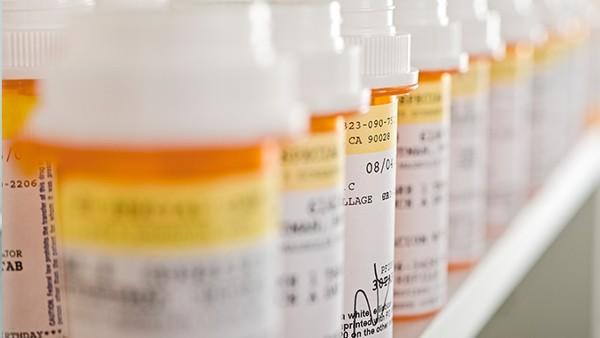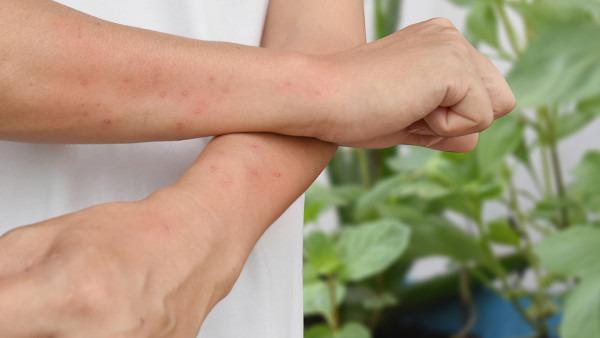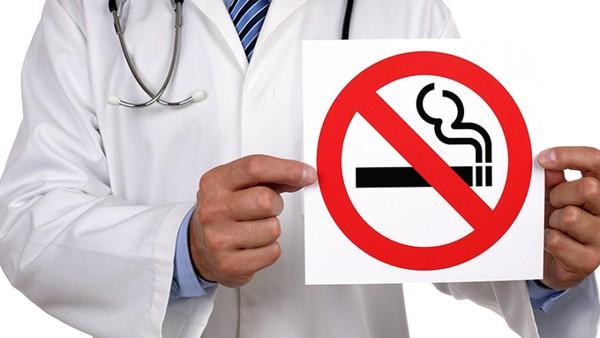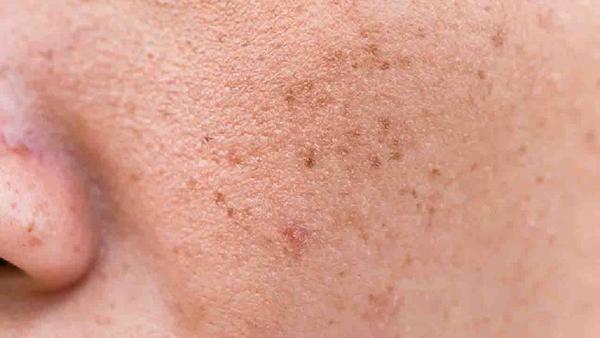什么中毒可引起皮肤癌
 皮肤癌疾病编辑
皮肤癌疾病编辑
 皮肤癌疾病编辑
皮肤癌疾病编辑
Introduction:
Skin cancer is a prevalent form of cancer that affects millions of individuals worldwide. While exposure to ultraviolet (UV) radiation from the sun is a primary cause, various other factors, including certain toxins and substances, can contribute to the development of skin cancer. This article explores how specific forms of poisoning have been associated with an increased risk of skin cancer.

Heavy Metal Poisoning:
Heavy metals, such as arsenic, lead, and cadmium, have been linked to skin cancer development. Exposure to these metals through various environmental sources, industrial processes, or contaminated water supplies can increase the risk of basal cell carcinoma and squamous cell carcinoma. Long-term exposure to arsenic, for example, can lead to the development of a specific type of skin cancer known as arsenic-induced Bowen's disease.
Chemical Exposure:
Certain chemicals found in the workplace or other environments can also contribute to skin cancer development. For instance, polycyclic aromatic hydrocarbons (PAHs), commonly found in coal tar and soot, have been associated with an increased risk of skin cancer, particularly in industrial workers exposed to these substances. Similarly, exposure to certain solvents, like trichloroethylene, in industries such as dry cleaning or metal degreasing, can also increase the likelihood of developing skin cancer.
Pesticides and Herbicides:
The prolonged use or exposure to certain pesticides, herbicides, and insecticides containing harmful chemicals like organochlorines and phenoxy herbicides has been correlated with skin cancer, particularly melanoma. Farmers, agricultural workers, and gardeners who frequently handle or are exposed to these chemicals face a higher risk. It is important to follow safety guidelines and protective measures when handling such substances.
Radiation and Radioactive Materials:
Exposure to high levels of radiation, whether through accidents, medical treatments, or occupational hazards, can increase the risk of developing various cancers, including skin cancer. Radioactive materials like uranium, plutonium, and radium, as well as radiation treatments such as radiotherapy, can lead to DNA damage in skin cells, potentially triggering the development of cancerous growths.
Prevention and Conclusion:
Reducing the risk of skin cancer caused by poisoning involves avoiding or minimizing exposure to toxic substances. Workplace safety protocols, proper protective equipment, and adherence to safety guidelines are crucial for individuals working in industries where exposure to chemicals and hazardous materials is common. Regular medical check-ups and seeking professional advice in case of suspected exposure are essential. Moreover, understanding the potential risk factors and taking precautions, such as using appropriate sun protection measures, can help mitigate the risks associated with external factors such as UV radiation.
In conclusion, while UV radiation remains a significant risk factor for skin cancer development, certain forms of poisoning, including heavy metal exposure, chemical exposure, pesticide usage, and radiation exposure, can also contribute to the development of this cancer. By identifying potential sources of exposure, adopting preventive measures, and seeking medical guidance, individuals can reduce their risk of developing skin cancer associated with poisoning.




